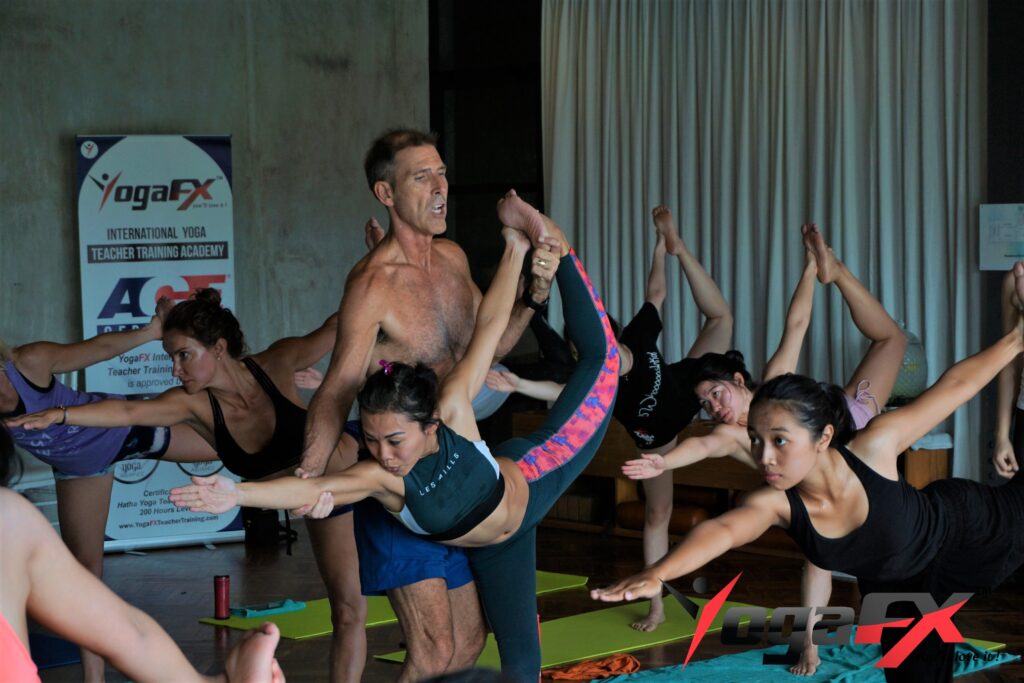When it comes to exploring the realm of fitness and wellness, there’s an abundance of options available. One such popular choice that combines the principles of yoga with the intensity of heat is Bikram Yoga. Known as hot yoga or 26 and 2 yoga, Bikram Yoga offers a unique experience that goes beyond traditional yoga practices. In this article, we will delve into the fascinating world of Bikram Yoga and explore the captivating relationship between this dynamic form of exercise and the calories burned. By understanding the factors that contribute to caloric expenditure during a Bikram Yoga session, we can shed light on the potential benefits of this practice and uncover its remarkable impact on physical fitness.

What is Bikram Yoga?
Bikram Yoga, also known as hot yoga, is a yoga practice developed by Bikram Choudhury. It consists of a sequence of 26 postures and two breathing exercises, performed in a room heated to approximately 105 degrees Fahrenheit (40 degrees Celsius) with a humidity level of 40%. The combination of specific postures and the intense heat creates a challenging environment that encourages flexibility, strength, and endurance. Unlike other forms of yoga, Bikram Yoga follows a fixed sequence of poses, allowing practitioners to experience a consistent practice and track their progress over time. Many individuals are drawn to the detoxifying and invigorating effects of Bikram Yoga, as well as its potential for weight loss and calorie burning.
“Don’t Fear Change, Don’t Overthink, Don’t Live In The Past Stop Trying To Please Everyone Stop Self Neglect “
The Impact of Heat on Caloric Expenditure
The heated room in Bikram Yoga serves a crucial purpose in enhancing the practice’s effects on the body. Exercising in a hot environment increases the body’s core temperature, leading to a rise in metabolic rate and increased caloric expenditure. The combination of intense postures, deep stretching, and the elevated temperature challenges the cardiovascular system and activates various muscle groups. This results in the body working harder to maintain its equilibrium, leading to a higher calorie burn compared to practicing yoga in a cooler environment.
Scientific research has shown that exercising in heat can have a positive impact on caloric expenditure. A study published in the Journal of Science and Medicine in Sport found that participants who performed a hot yoga session burned more calories compared to a non-heated yoga session. The study concluded that the elevated heat and humidity in Bikram Yoga can increase energy expenditure, leading to potential weight loss and improved metabolic health.

Factors Affecting Calories Burned in Bikram Yoga
Several factors influence the number of calories burned during a Bikram Yoga session. Body weight, intensity of practice, and session duration play significant roles in determining caloric expenditure. Generally, individuals with higher body weights tend to burn more calories due to the increased effort required to move their bodies. Similarly, the intensity at which the poses are performed and the level of engagement of various muscle groups can affect calorie burning. Longer sessions typically result in higher calorie burns as well.
According to the American Council on Exercise (ACE), a person weighing 150 pounds can burn approximately 477 calories in a 90-minute Bikram Yoga class. However, it’s important to note that these numbers are estimates and can vary depending on individual factors and variations in practice intensity.
Comparing Bikram Yoga to Other Forms of Exercise
When considering calorie burning potential, it’s essential to compare Bikram Yoga to other popular exercises. While activities like running, cycling, or weightlifting may have higher calorie burn rates, Bikram Yoga offers unique benefits beyond mere calorie expenditure. The intense heat helps increase flexibility, enhances mental focus, and promotes detoxification through sweating. Additionally, the mind-body connection cultivated in Bikram Yoga fosters mindfulness and body awareness, leading to a more holistic approach to fitness and overall well-being.
Tips for Maximizing Caloric Expenditure in Bikram Yoga
To maximize caloric expenditure in Bikram Yoga, consider incorporating the following tips into your practice:
1. Engage your muscles fully:
Focus on activating the targeted muscles in each pose, maintaining proper form and alignment.
2. Push your limits:
Challenge yourself by gradually increasing the intensity of your practice over time. This can involve deeper stretches, holding poses for longer durations, or exploring advanced variations.
3. Stay hydrated:
Drink plenty of water before, during, and after your Bikram Yoga session to replenish fluids lost through sweat and maintain optimal performance.
4. Support your practice with a balanced diet:
Fuel your body with nourishing foods to support energy levels and overall health.

Conclusion
Bikram Yoga, also known as hot yoga or 26 and 2 yoga, offers a unique blend of heat and movement that can contribute to significant caloric expenditure during a session. By practicing in a heated room, individuals can elevate their metabolic rate and potentially burn more calories compared to traditional yoga practices. However, it’s important to remember that Bikram Yoga is more than just a calorie-burning exercise. It promotes flexibility, mindfulness, and overall well-being.
If you’re passionate about Bikram Yoga and want to deepen your practice or share it with others, consider undertaking a Bikram Hot YogaFX teacher training program. YogaFX offers Yoga Alliance certified teacher training courses led by experienced instructors, including Mr. Ian, a renowned Bikram Yoga teacher. By becoming a certified teacher, you can not only expand your knowledge and skills but also inspire others to embrace the transformative power of Bikram Yoga. Unlock the potential of Bikram Yoga and embark on a fulfilling journey with YogaFX’s teacher training programs.

